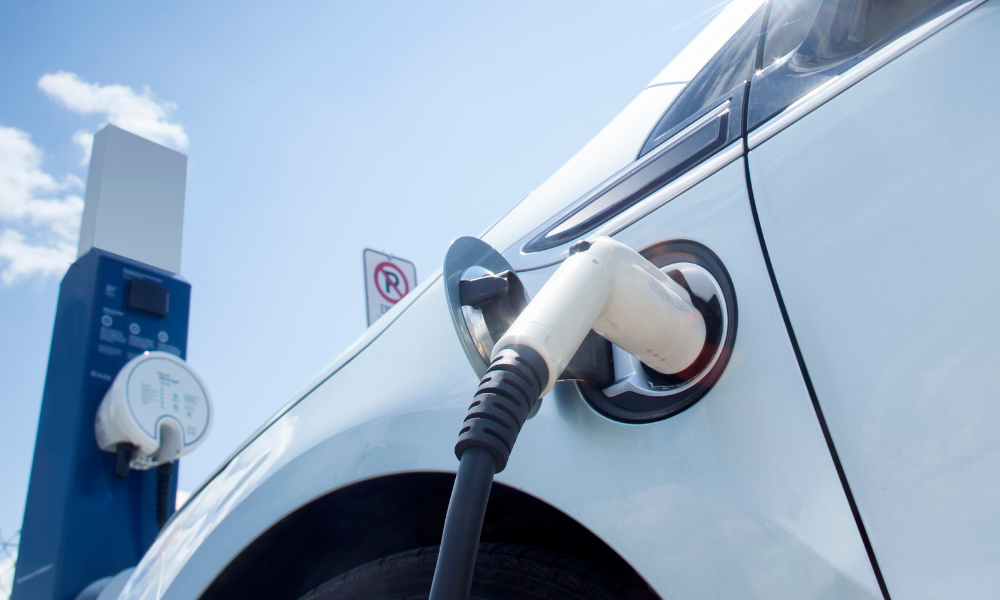Mirae Asset Investment Managers has introduced India’s first Exchange Traded Fund (ETF)
dedicated to the New Age Automotive and Electric Vehicle (EV) markets. This open-ended
fund, named the “Mirae Asset Nifty EV and New Age Automotive ETF,” allows investors to
invest in companies at the forefront of the evolving automotive sector by replicating and
tracking the Nifty EV and New Age Automotive Total Return Index.
Exchange-traded funds (ETFs) are investment instruments that blend the features of stocks
and mutual funds. They are designed to track the performance of a specific commodity,
index, industry, or asset class.
Mirae Asset’s new ETF aims to capitalize on the potential of the dynamic sector by investing
in companies involved in emerging markets such as electric and hybrid vehicles, battery
manufacturing, and other related industries. The fund also seeks to target industry disruptors
like autonomous vehicles and hydrogen-fueled vehicles.
Swarup Anand Mohanty, Vice Chairman & CEO of Mirae Asset Investment Managers
(India) Pvt. Ltd., highlighted the innovation of this product, noting that the launch of India’s
first ETF focused on the Electric Vehicles and New Age Automotive segment provides
investors with a unique opportunity to invest in the future of mobility.
The Mirae Asset Nifty EV and New Age Automotive ETF’s New Fund Offer (NFO) will
commence on June 24, 2024, and conclude on July 5, 2024. During the NFO, the minimum
initial investment will be Rs 5,000, with subsequent investments required to be in multiples
of Re 1.
This launch comes at an opportune moment for the Indian automobile sector, which is
expected to see significant growth driven by rising consumer demand, government support,
and technological advancements. Industry forecasts suggest that between 2021 and 2027, the
Indian electric vehicle market will grow at a compound annual growth rate (CAGR) of over
40 percent, reaching an estimated market value of more than US$150 billion by that time.





